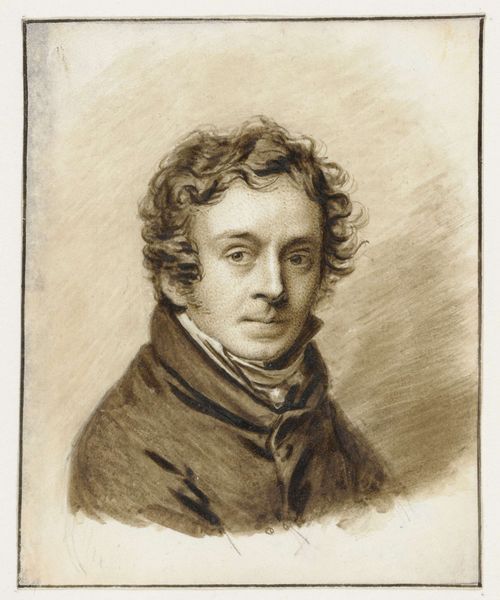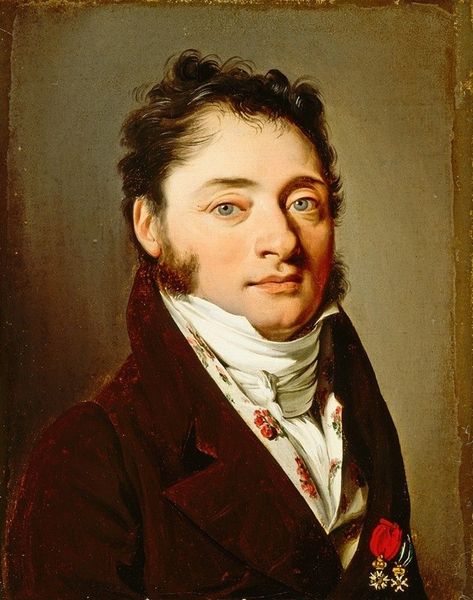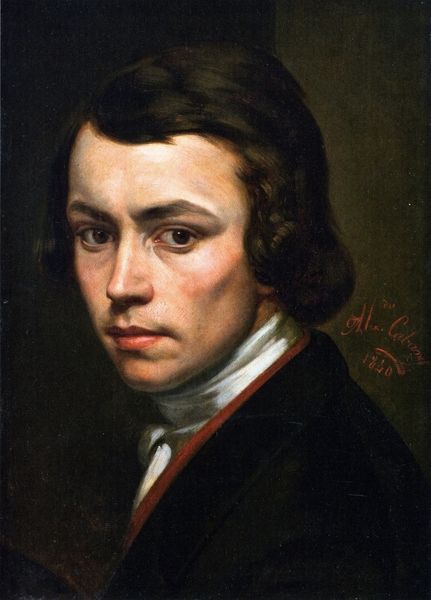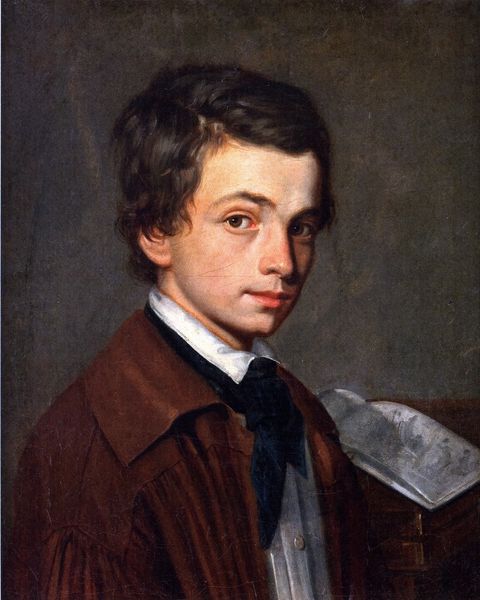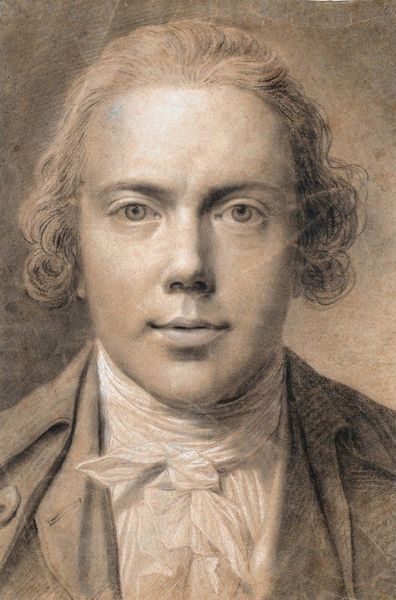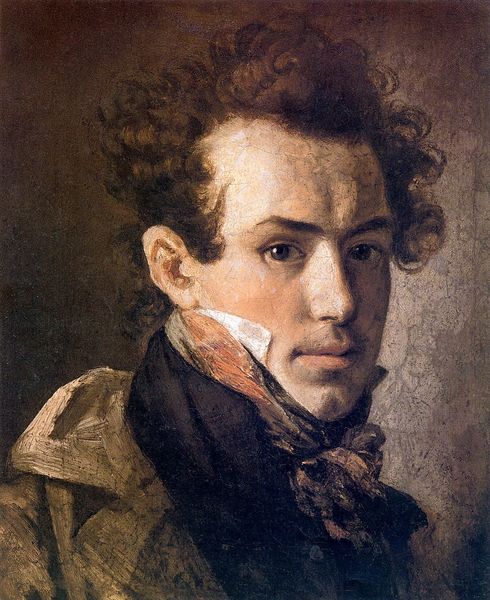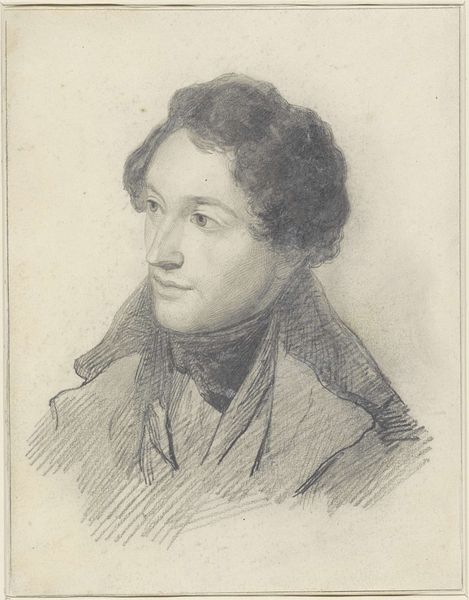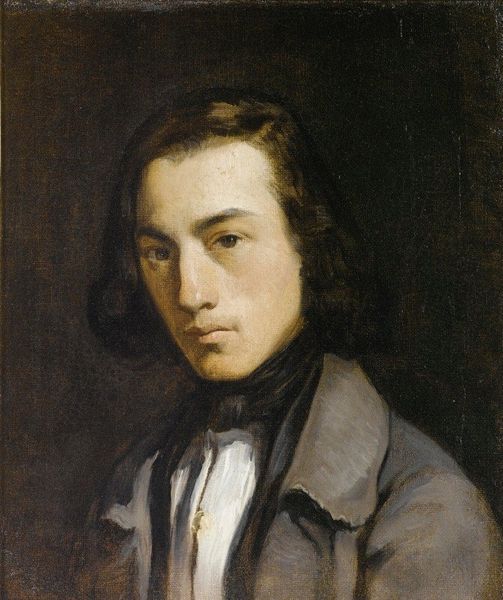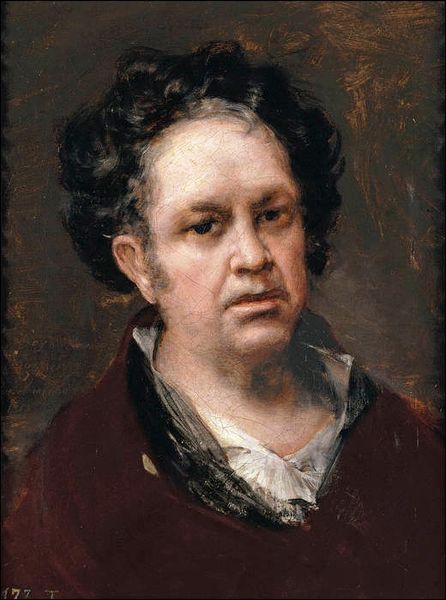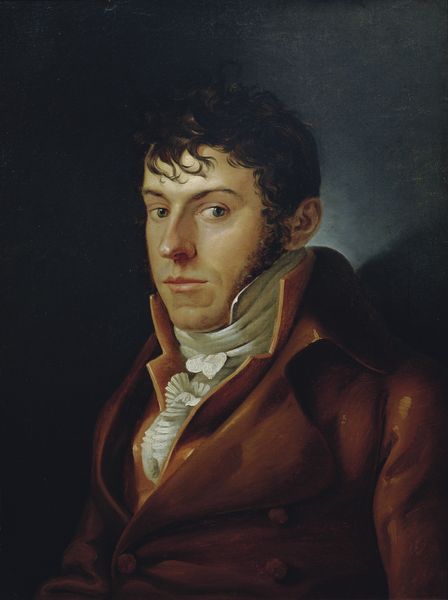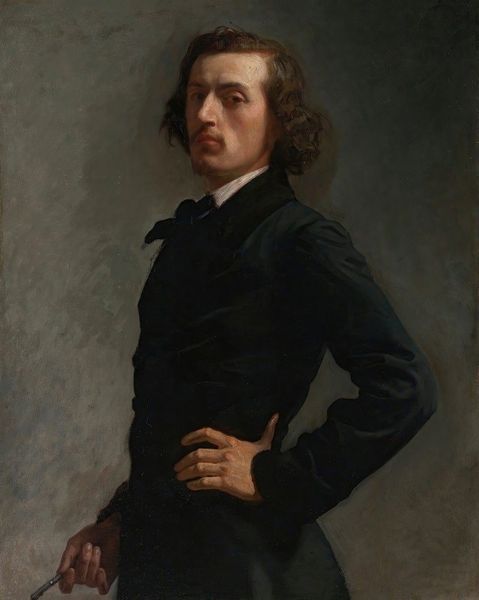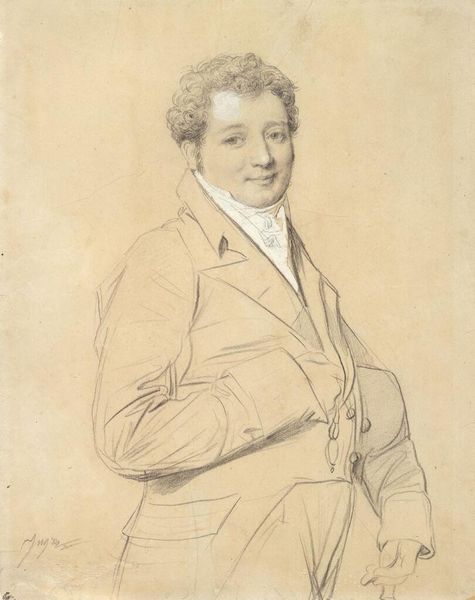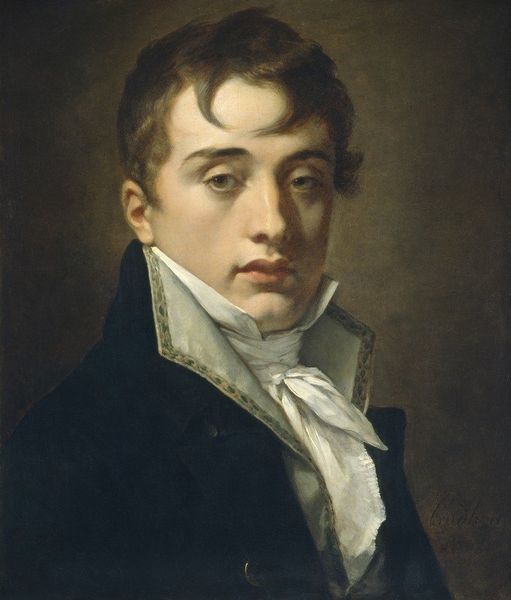
painting, oil-paint
#
portrait
#
portrait
#
painting
#
oil-paint
#
figuration
#
romanticism
#
academic-art
Copyright: Public domain
Editor: This is Orest Kiprensky's "Portrait of P. Basin," painted in 1829 using oil. The subject’s gaze, directed just off to the side, gives him a sort of contemplative aura. What can you tell me about this work? Curator: The slightly averted gaze speaks volumes. The subject doesn't quite meet our eyes, evoking a sense of inner reflection, perhaps even melancholy, a hallmark of Romanticism. Notice the carefully arranged scarf—a seemingly small detail, yet its colours and pattern communicate social standing and personal taste, functioning as a visual emblem of identity. Editor: I didn't consider the scarf. The red and blue hues feel very deliberate against the darker jacket. How might this portrait resonate with audiences of its time? Curator: Think about the rise of individualism during the Romantic era. Portraits weren't just records of likeness; they were tools for crafting a personal narrative. The slight idealization of the sitter, the emphasis on his perceived character, these aspects tap into a broader cultural fascination with the self. Do you sense anything else in the facial expression? Editor: There's a definite softness around his eyes, an almost youthful innocence juxtaposed with the more formal attire. It feels like he's caught between worlds. Curator: Precisely! Kiprensky captures a moment of transition. He’s not just depicting an individual; he’s portraying an idea – the evolving self, marked by both hope and uncertainty. Images preserve memories, of culture and people, who look to art for meaning. Editor: I hadn't thought about that deeper cultural aspect. The layers of meaning embedded in something as simple as a portrait are really striking!
Comments
No comments
Be the first to comment and join the conversation on the ultimate creative platform.
